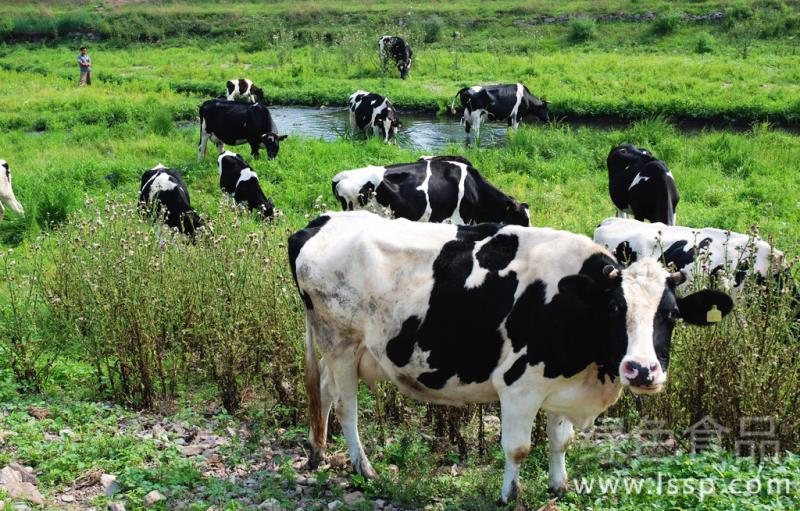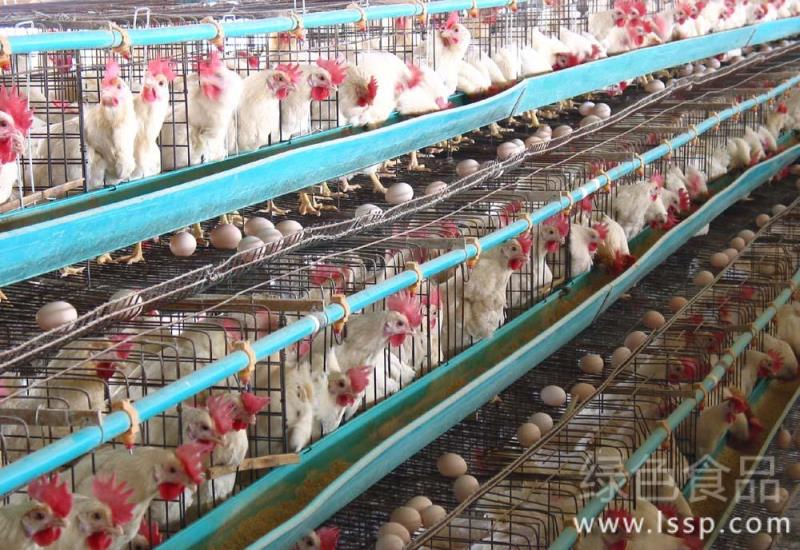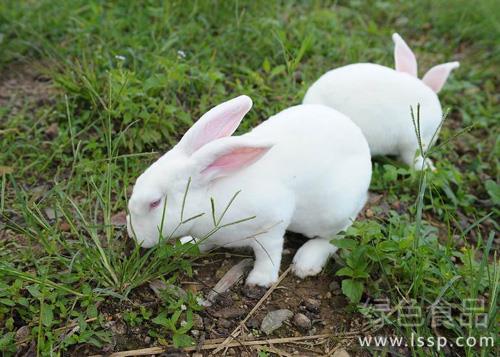How to prevent and treat cow heatstroke due to cold tolerance and heat stroke
Dairy cows are resistant to cold and heat, the suitable temperature is 10-20 ℃, and the temperature is more than 25 ℃, which affects the milk yield. The higher the milk production, the greater the impact, the milk production can be reduced by up to 50%, and it will also lead to a decline in milk production during the lactation period, by 2-5 kg per cow per day, or even more than 10 kg per day. When the temperature was above 32 ℃, the percentage of milk protein and lactose decreased, and the conception rate during estrus and the weight of newborn calves decreased.

Cow
A series of adverse effects on physiology and health and production performance of dairy cows caused by high temperature and high humidity are called "heat stress". A cow that produces 30 kilograms of milk a day produces almost as much heat as a 1.4 kilowatt electric heater. if these heat is not distributed smoothly, it will cause body heat accumulation, faster breathing, higher body temperature, and finally heat radiation disease. Dairy cows reduce heat production by reducing food intake, thus achieving a balance between heat production and heat dissipation. As a result of this balance, milk production is reduced, which is a kind of self-protection of cows.
Heat stress in dairy cows can cause heatstroke, and the clinical symptoms are: depression, weakness of limbs, unstable gait, sudden fall to the ground, tremor, foaming at the mouth, redness, rapid heartbeat, rising body temperature to 41-43 ℃, and sweating. Some show excitement, violent restlessness; others have systemic paralysis, skin, cornea, anal reflex decline or disappear, often have severe spasms, severe death within 1-2 hours.
To alleviate and reduce the harm of heat stress to dairy cows should be considered from two aspects of environment and nutrition. One is to improve the environment of the barn and pasture, block the external heat sources into the barn, at the same time promote the discharge of heat and water from the barn, and promote the heat emission of dairy cows through artificial measures such as air supply, water spraying and sprinkling. The second is to improve nutrition and feeding technology, through the improvement of feed structure and feeding technology, to reduce or restrain the generation of calories that have nothing to do with milk production.
Treatment of heatstroke:
In the event of heatstroke in a cow, immediately lead the cow to a cool and ventilated place, pour cold salt water, pour the whole body of the cow with 25 ℃ water or wash its head with cold water, or use cold water enema. Pour 5-10 kg of watermelon juice, peel and seed the watermelon, mash it and let it drink or drink. If you are seriously ill, you can bleed 1000-2000 ml intravenously, and then immediately inject 1500-3000 ml of saline intravenously, plus 10% Anna plus 10-30 ml or 10% sodium camphor sulfonate 10-20 ml.
- Prev

Salpingitis leads to difficulty in laying eggs How to prevent and treat laying hens with hose infection
Salpingitis leads to difficulty in laying eggs How to prevent and treat laying hens with hose infection
- Next

How to prevent and cure the accumulated food disease of young rabbits after feeding
How to prevent and cure the accumulated food disease of young rabbits after feeding
Related
- On the eggshell is a badge full of pride. British Poultry Egg Market and Consumer observation
- British study: 72% of Britons are willing to buy native eggs raised by insects
- Guidelines for friendly egg production revised the increase of space in chicken sheds can not be forced to change feathers and lay eggs.
- Risk of delay in customs clearance Australia suspends lobster exports to China
- Pig semen-the Vector of virus Transmission (4)
- Pig semen-the Vector of virus Transmission (3)
- Five common causes of difficult control of classical swine fever in clinic and their countermeasures
- Foot-and-mouth disease is the most effective way to prevent it!
- PED is the number one killer of piglets and has to be guarded against in autumn and winter.
- What is "yellow fat pig"? Have you ever heard the pig collector talk about "yellow fat pig"?

